Sri Tallapaka Annamacharya, the mystic saint composer of the 15 century is the earliest known musician of South India. Widely regarded as the Telugu pada kavita pitaamaha, he was an ardent devotee of Lord Venkateswara of Tirupati who composed more than 32, 000 samkirthanas in Carnatic tradition. Considered as flower offerings to Lord Venkateswara, in his compositions, he describes his love for the Lord, argues and quarrels with him, confesses his failures and apprehensions, and surrenders himself to his Istha Devatha. Annamayya’s compositions classified into Adhyaatama and Sringaara Samkirtanaa, where found engraved on copper plates which were hidden for centuries inside the Sri Venkateswara temple at Tirumala. A good number of songs lived for generations through oral tradition and many were deciphered from the copper plates under the auspices of Tirumala Tirupati Devasthanam due to the untiring efforts of researchers like Sri Veturi Prabhakara Sastri, Sri Rallapalli Ananta Krishna Sarma, and other scholars. The immense popularity of these immortal songs is due to their spiritual strength.
The language in which Annamayya expressed his devotion was colloquial Telugu of the 15 century. It takes a life time for the 21 century music student to understand the nuances of Annamayya’s emotional and spiritual sentiments embedded in his compositions. Sri Dasu Damodara Rao Garu’s attempt to translate and transliterate Annamayya’s Samkirthanas is akin to the dissemination of the sweet fragrance of those beautiful flower offerings of the Pada Kavita Pitaamaha. By doing so, Sri Damodara Rao Garu had made it easier for the teachers, students as well as connoisseurs of Carnatic music to understand and appreciate the philosophy of the great composer, Tallapaka Annamacharya.


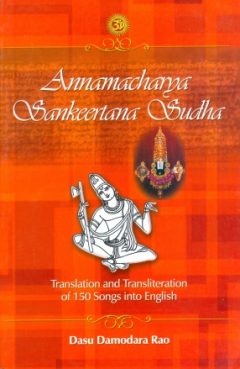
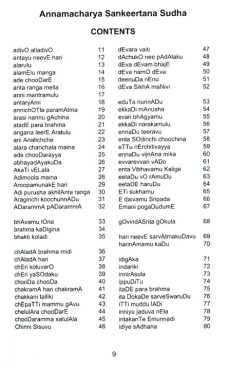
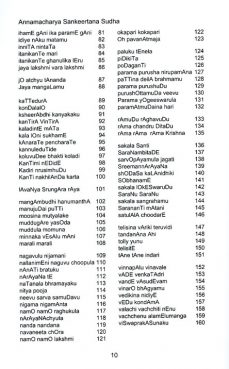
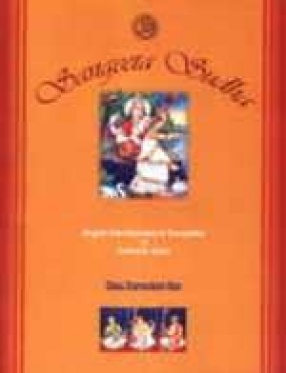

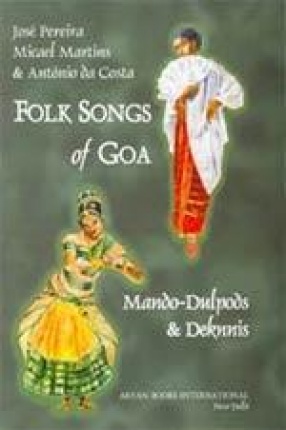

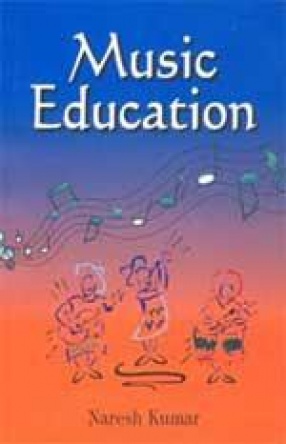
There are no reviews yet.